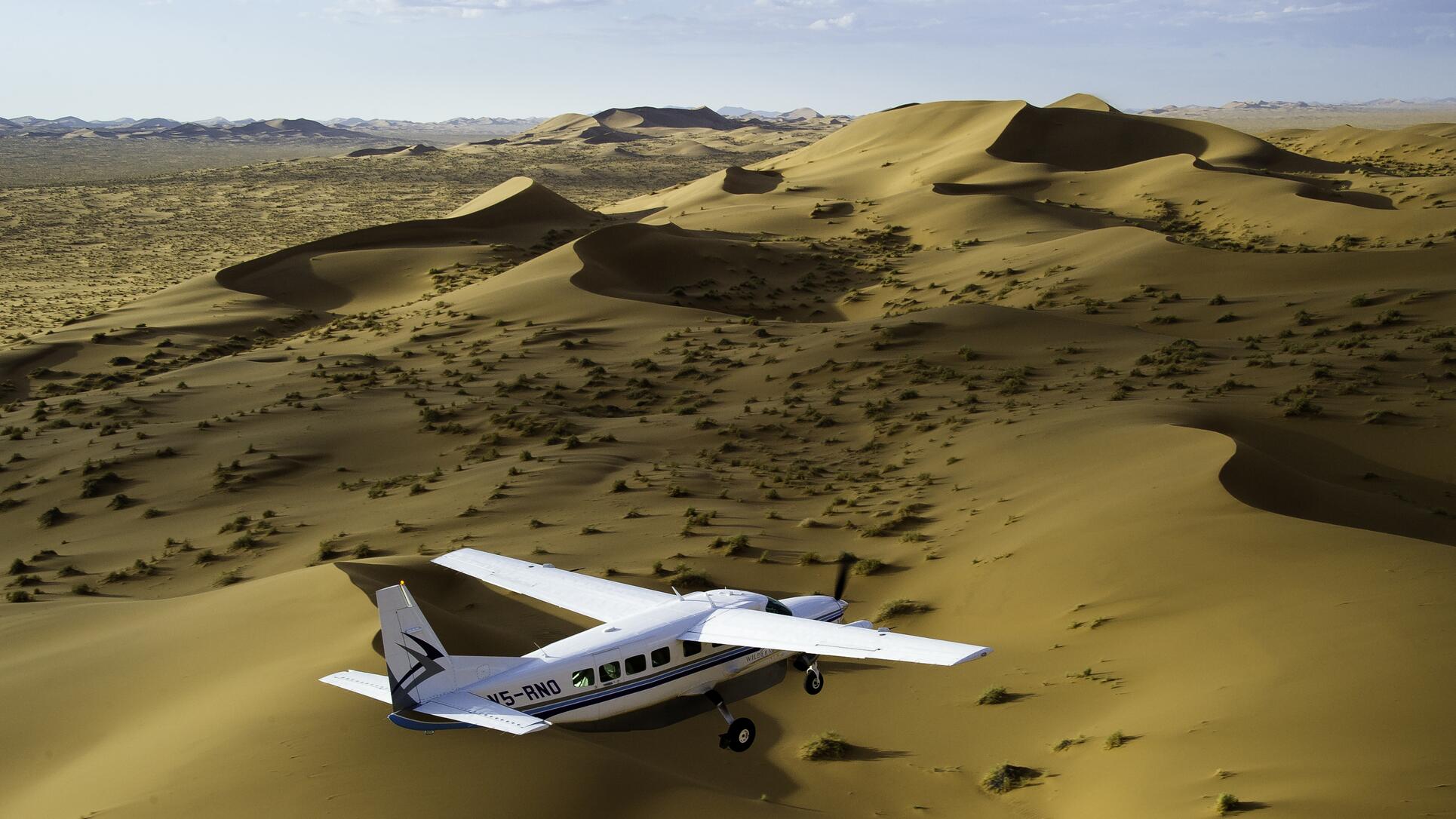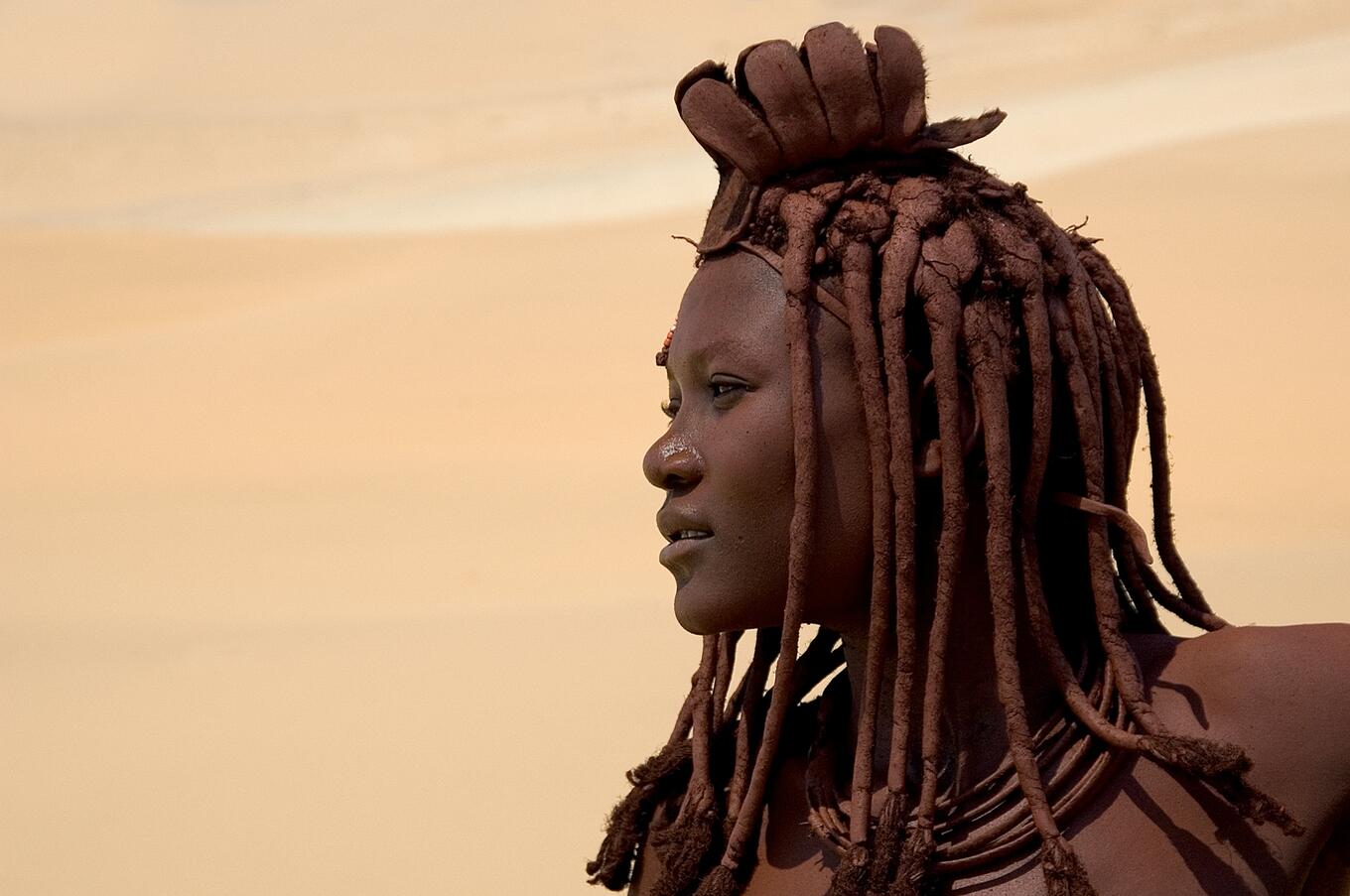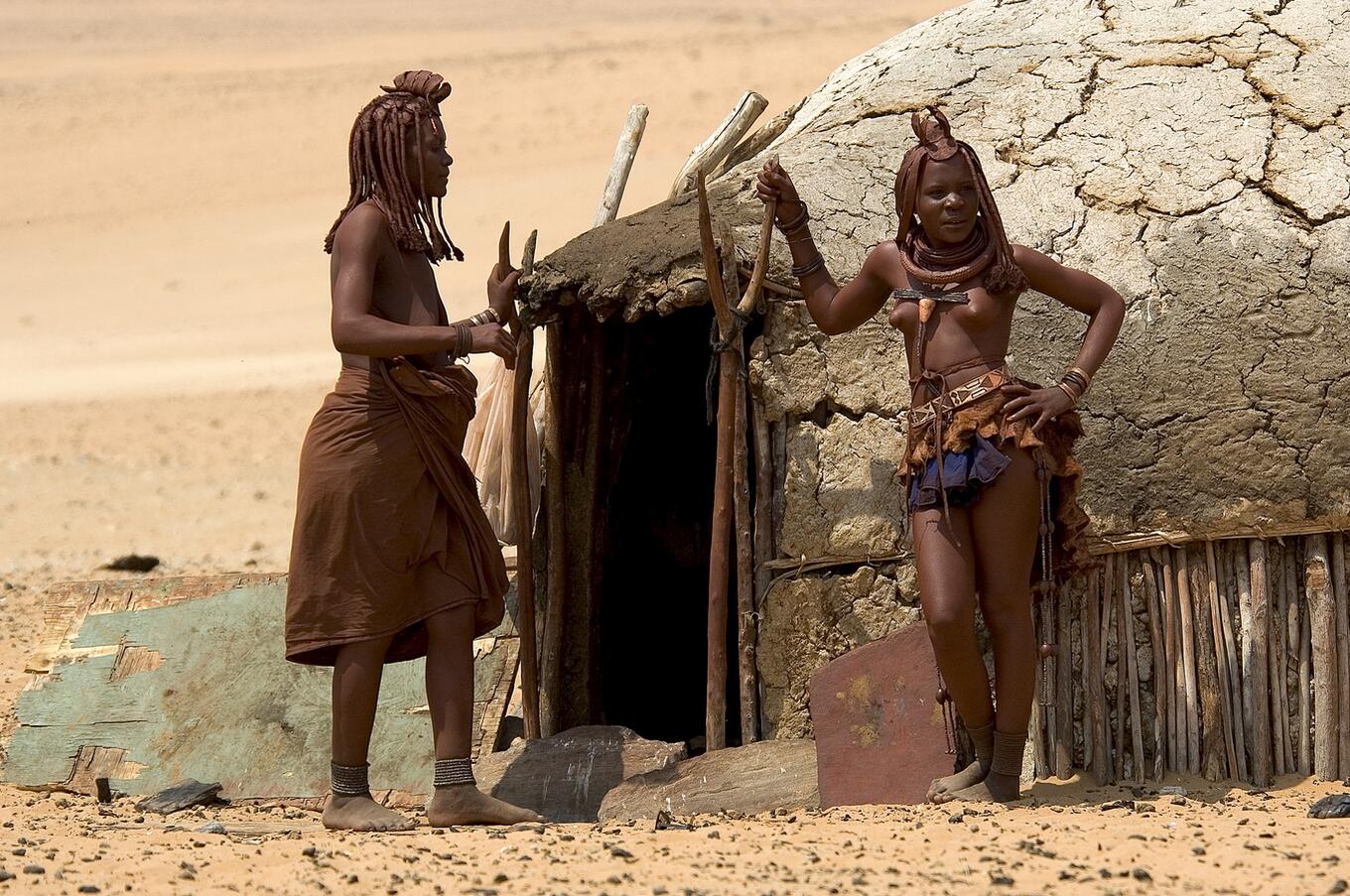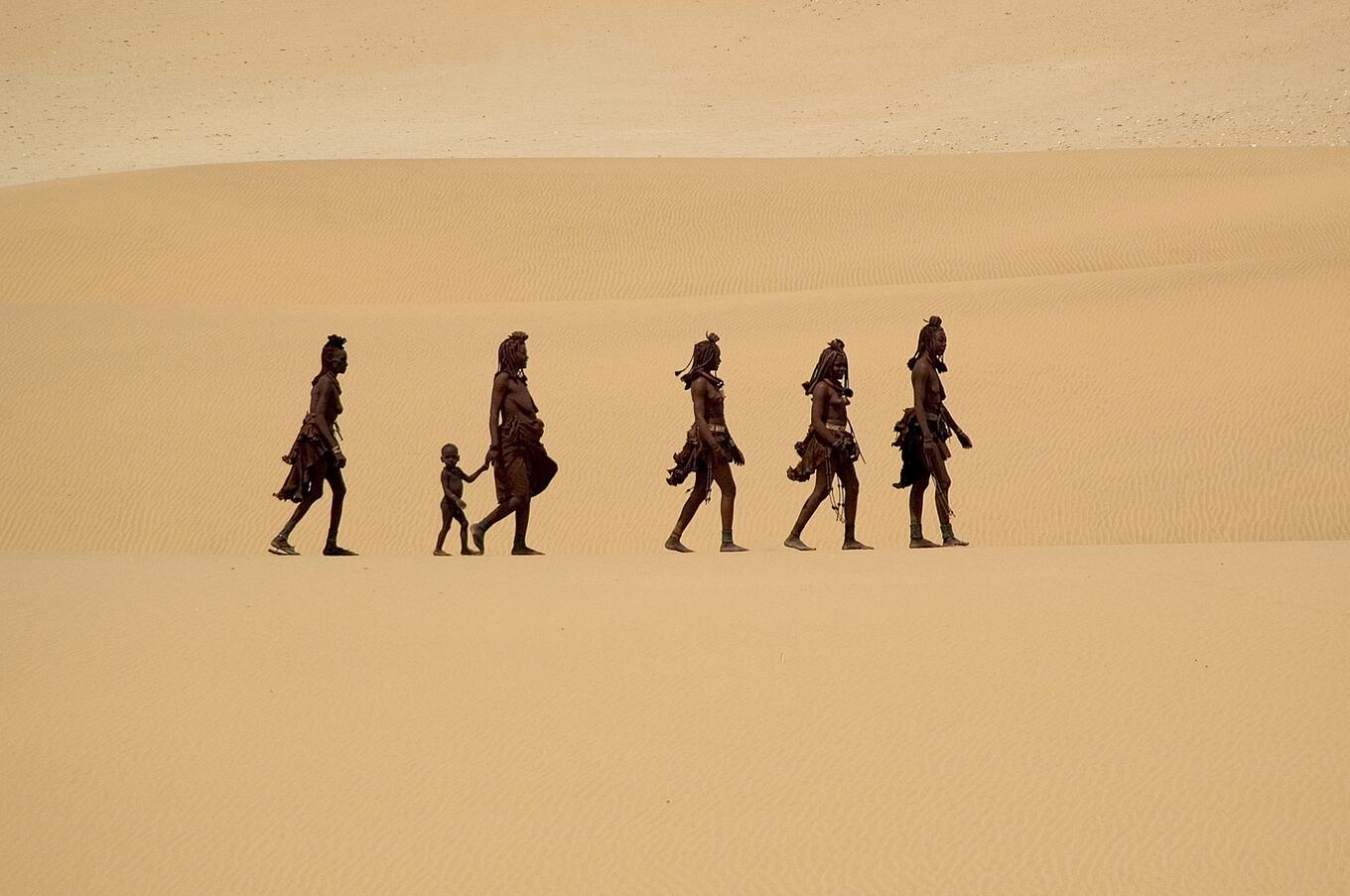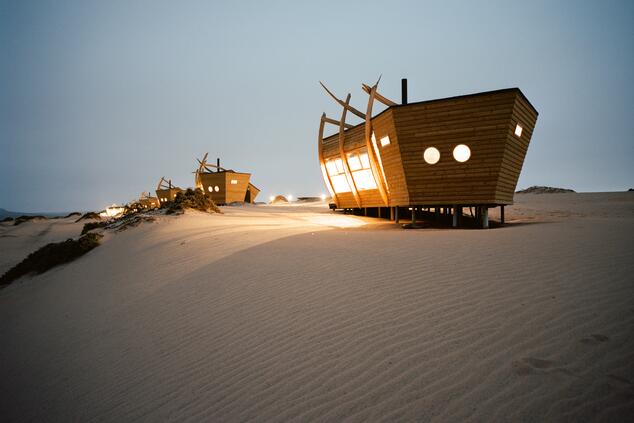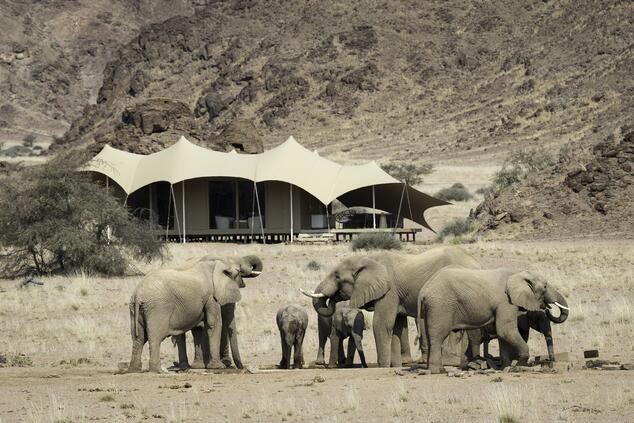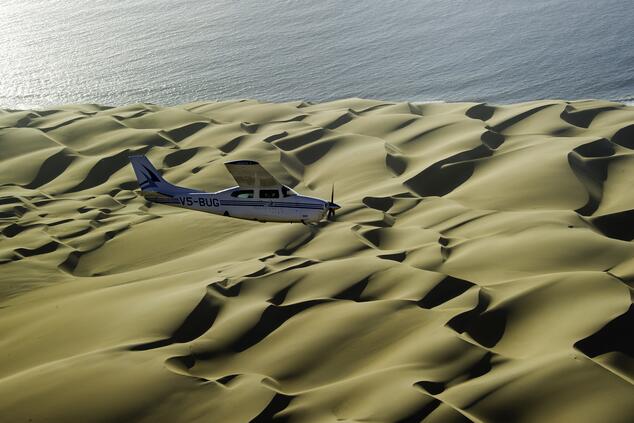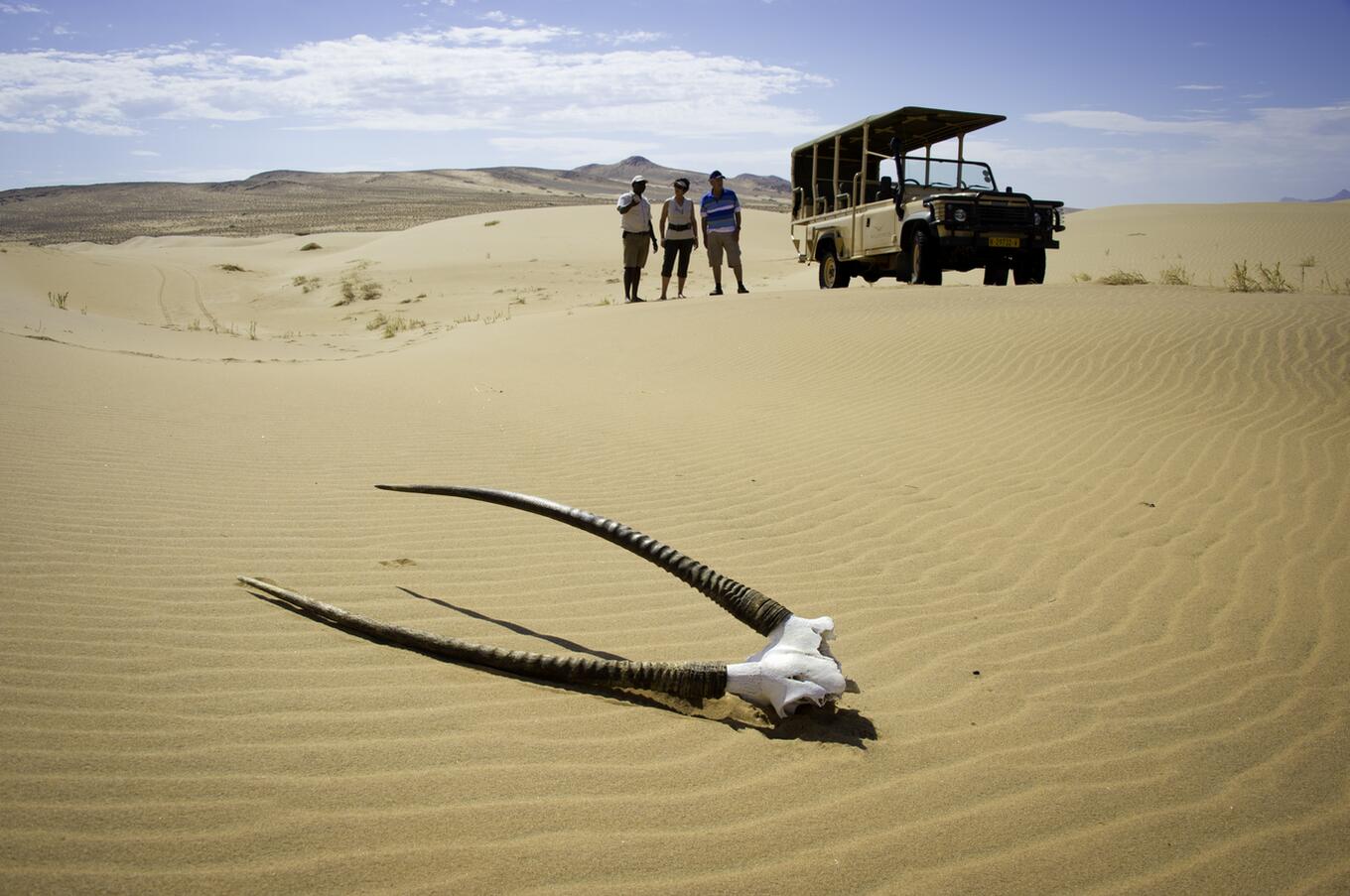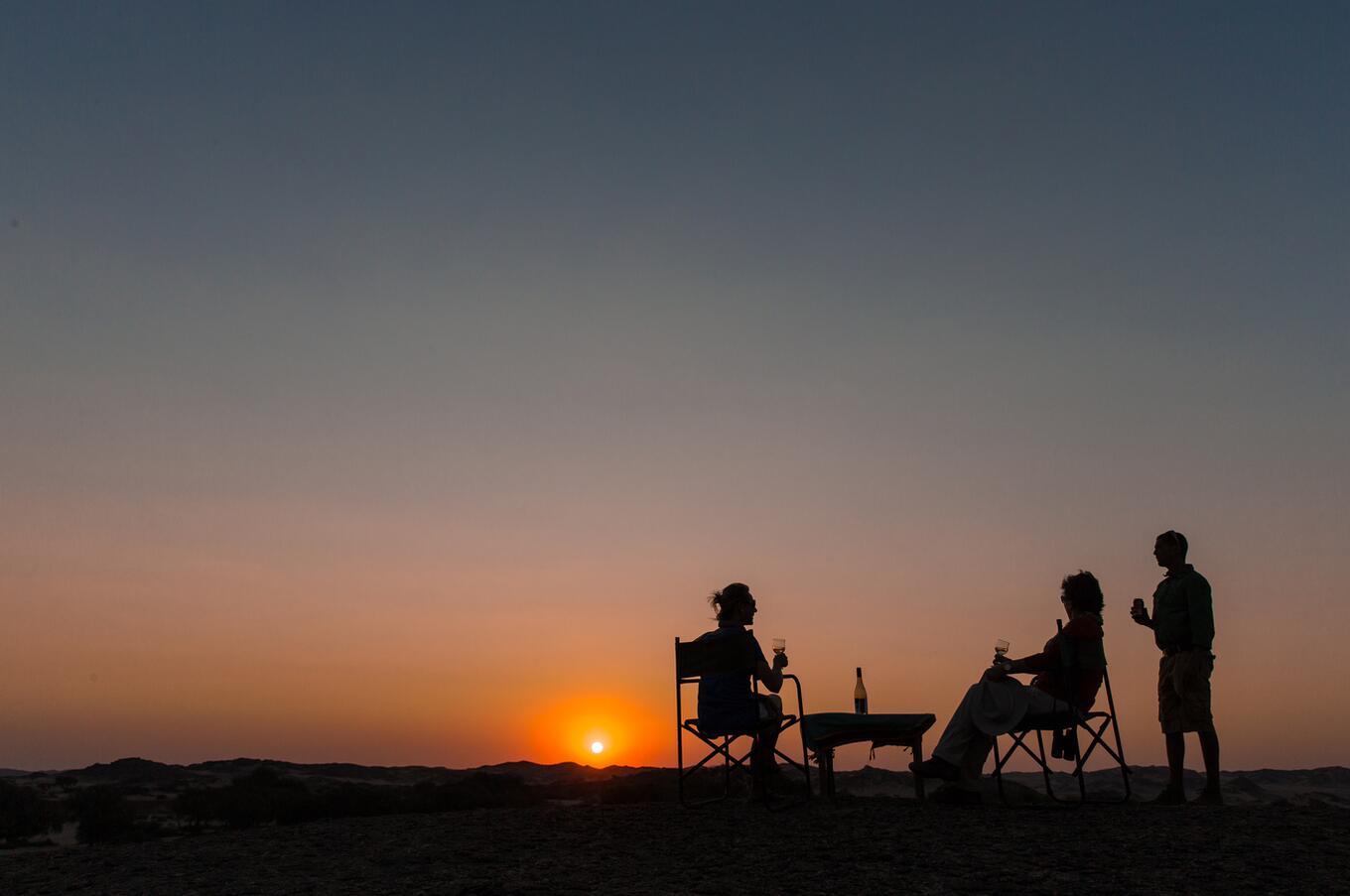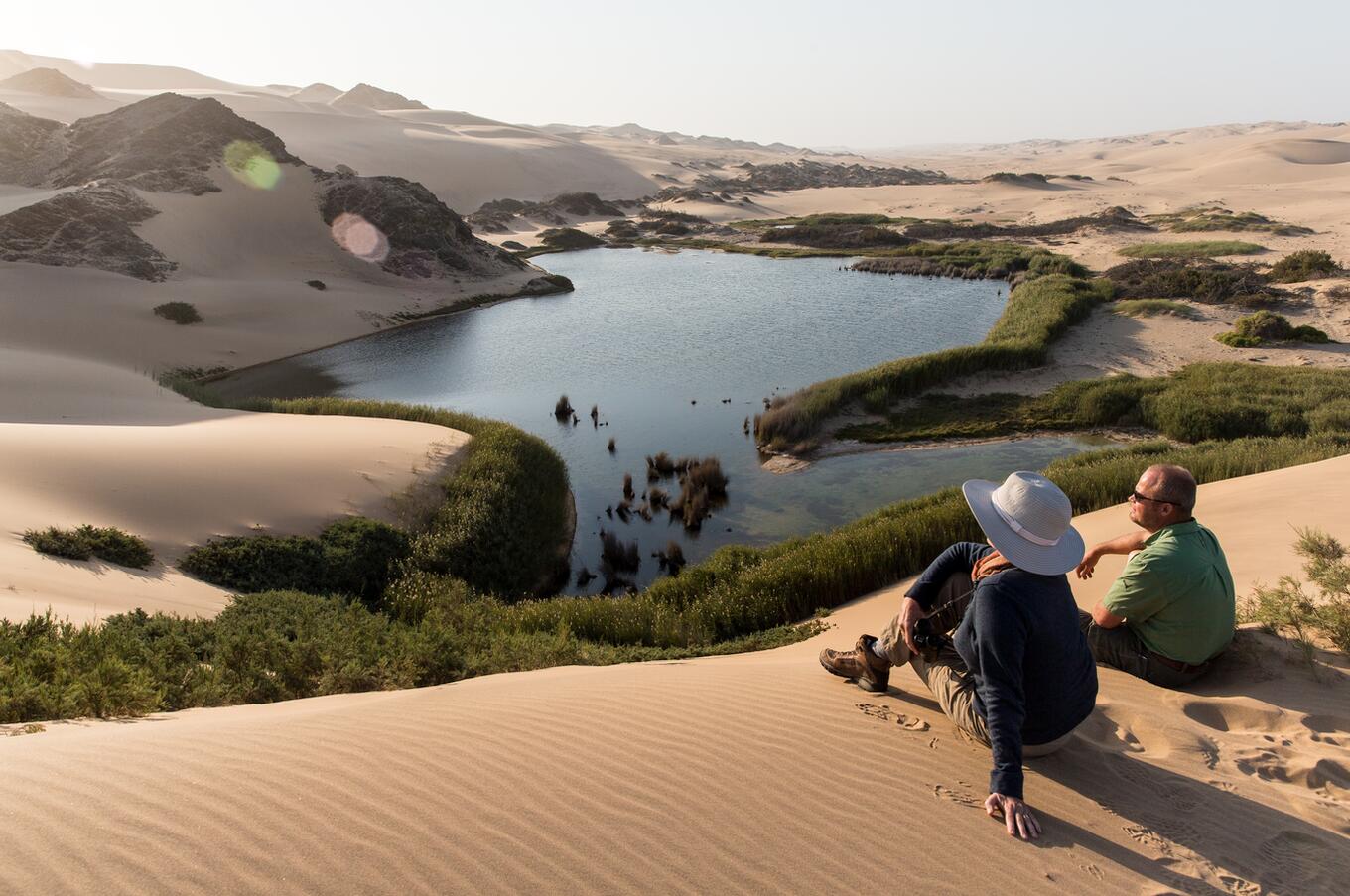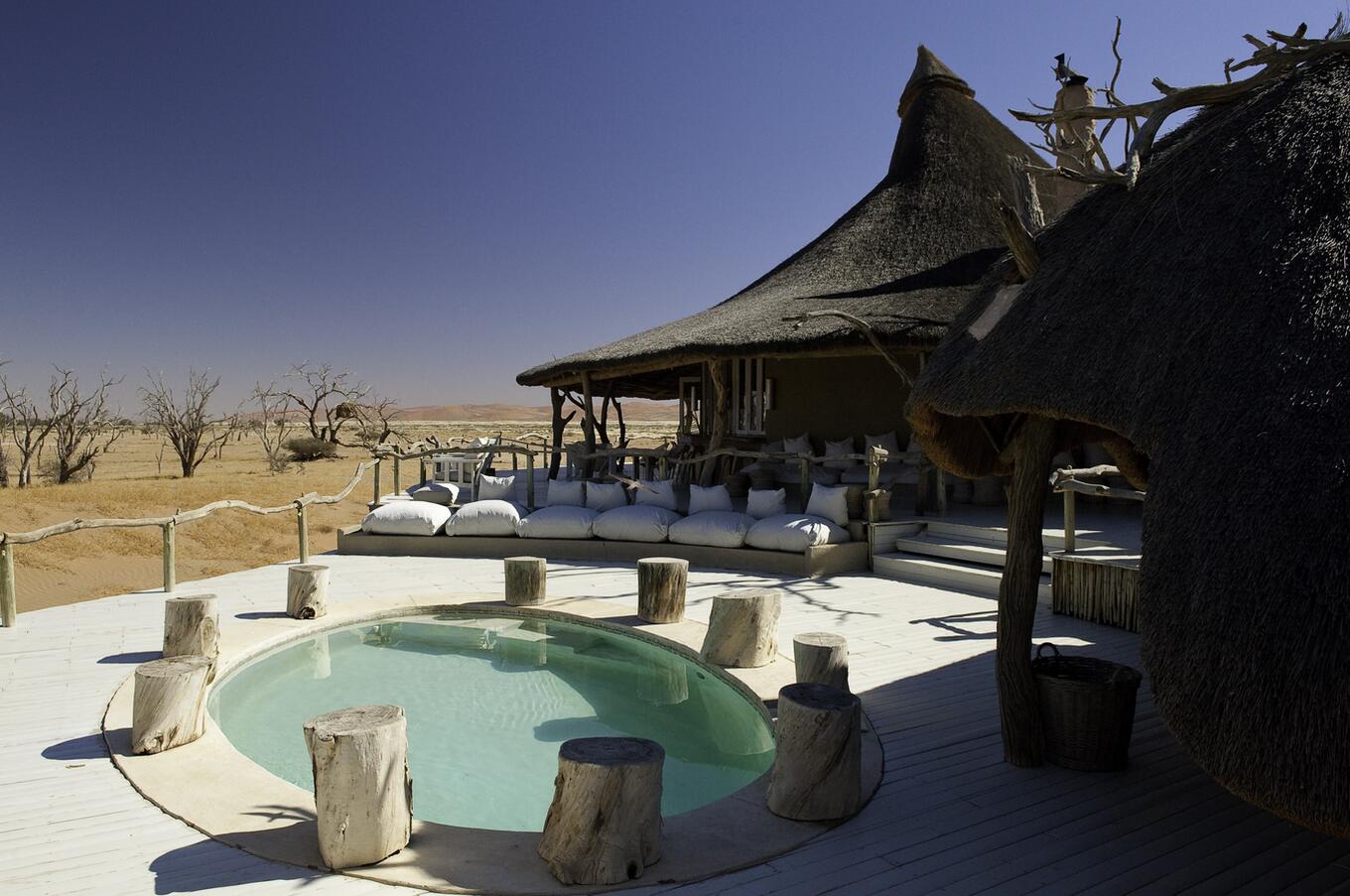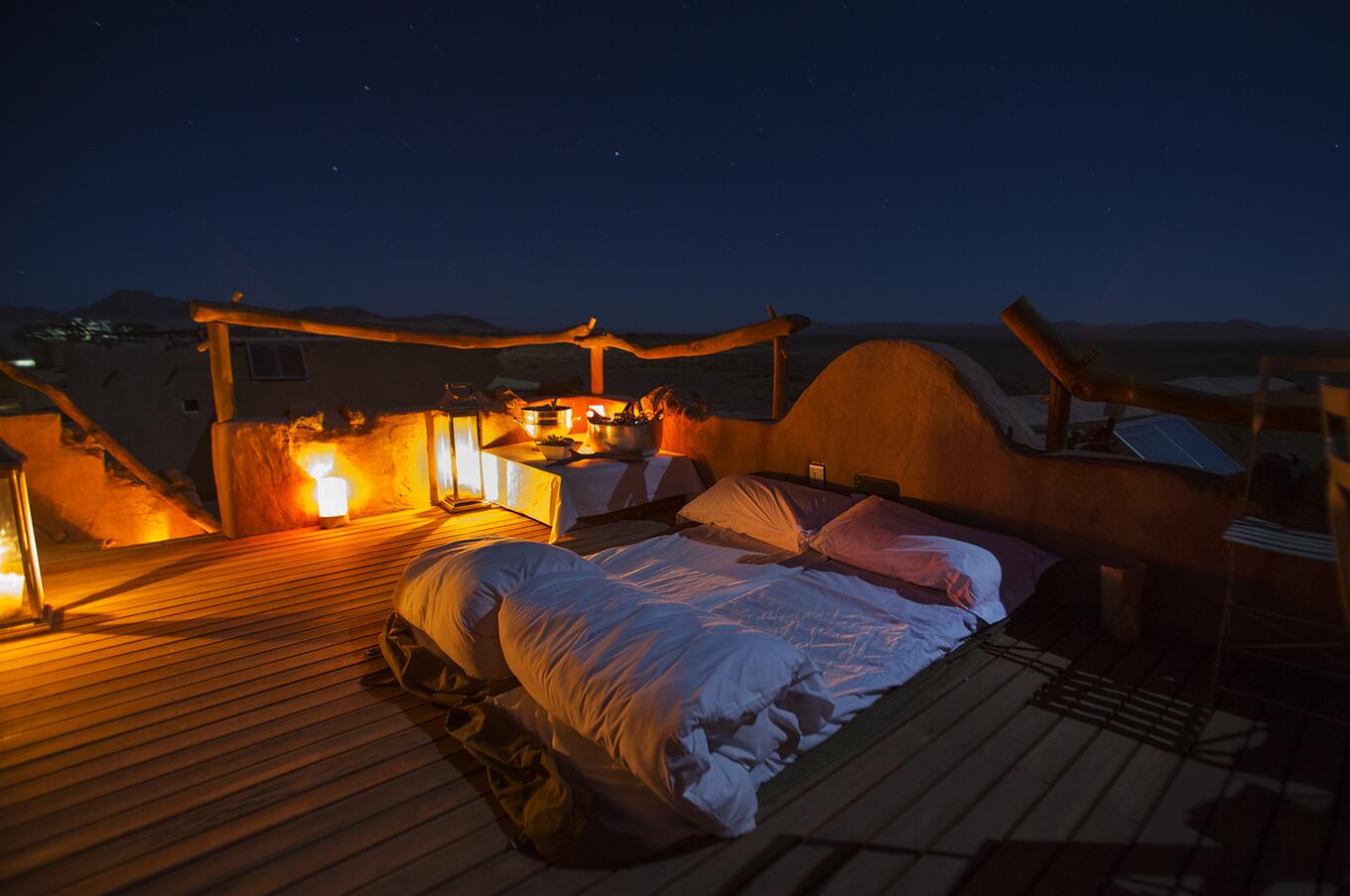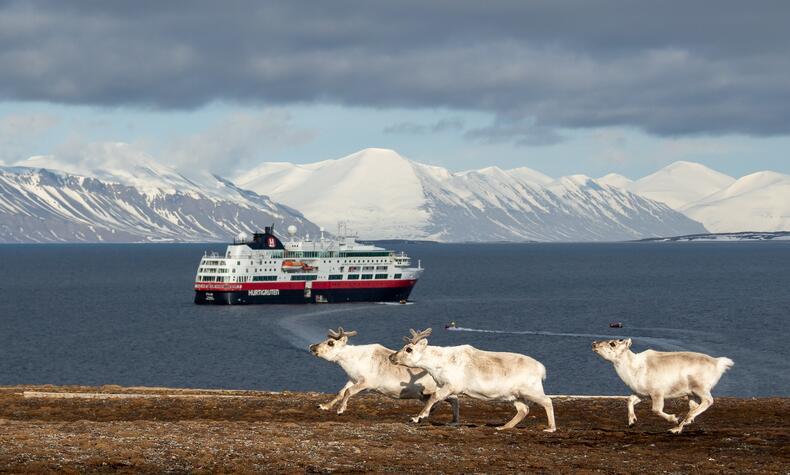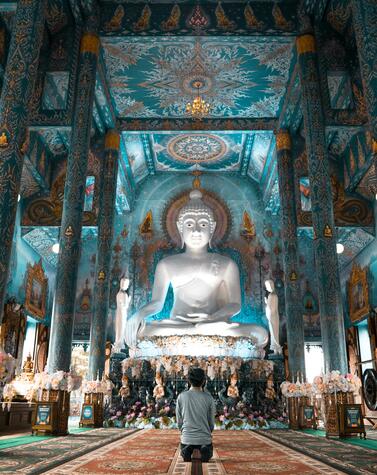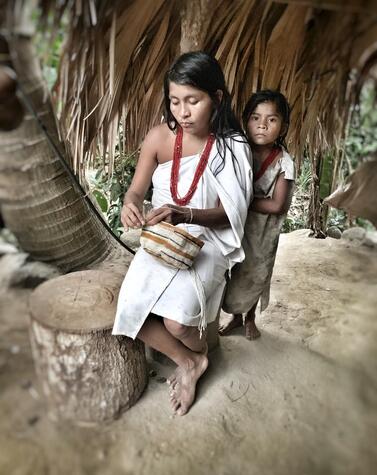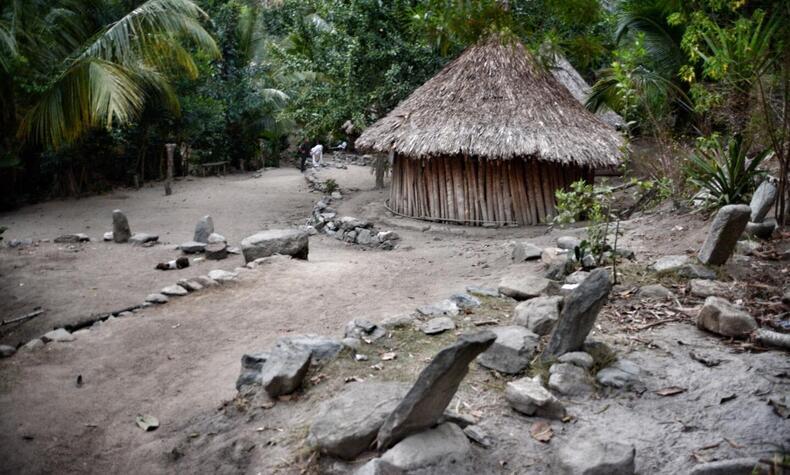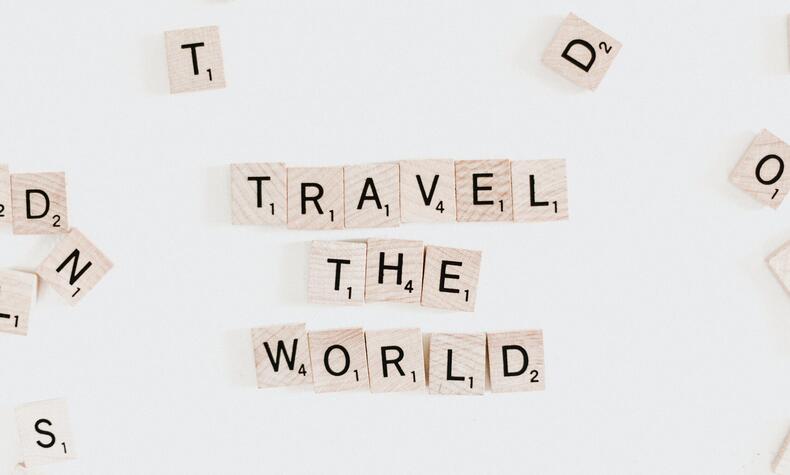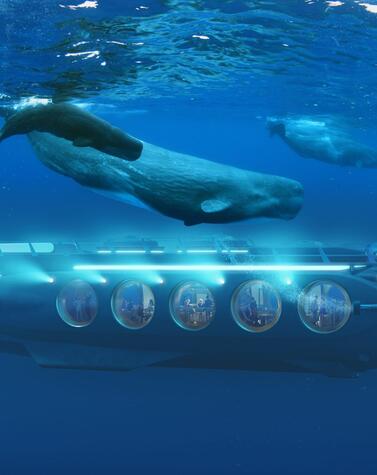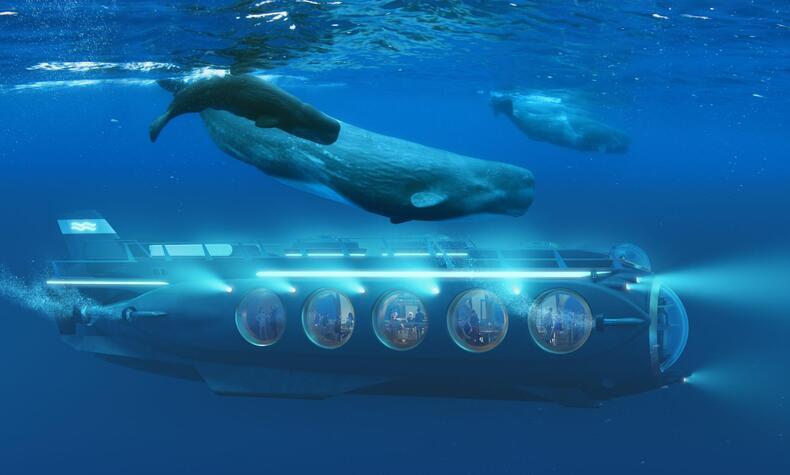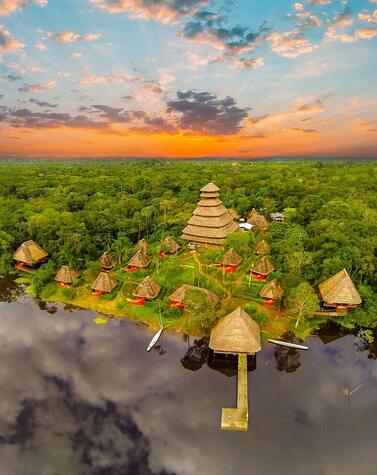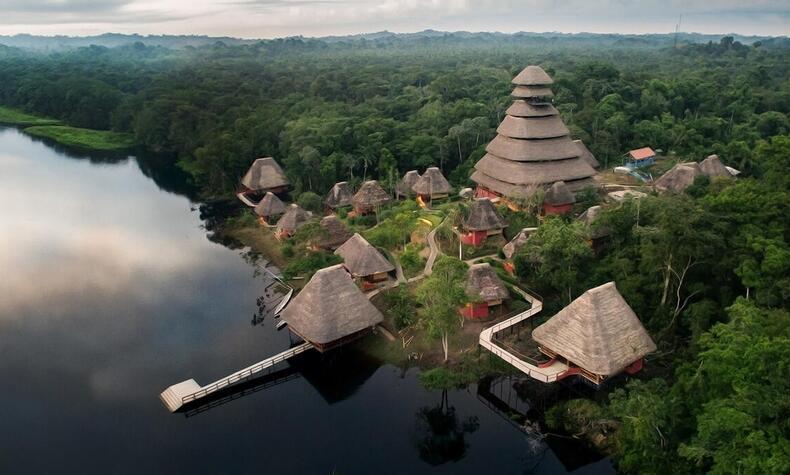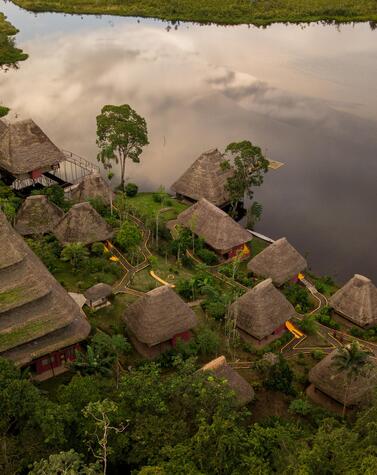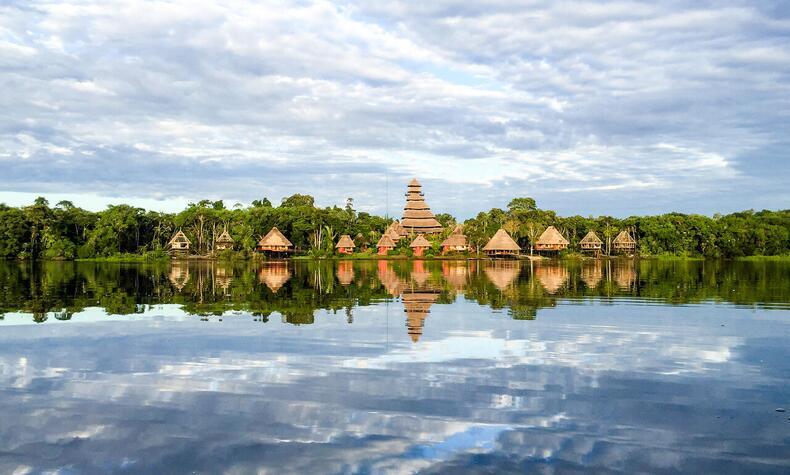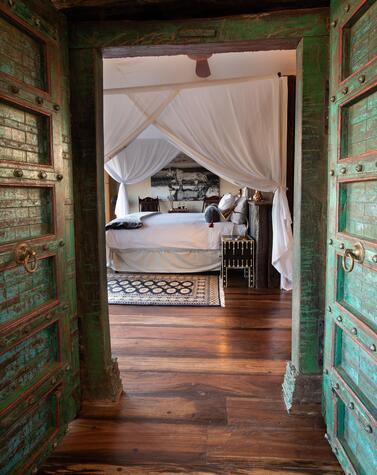Safaris in Namibia: sustainable luxury, extreme landscapes, and experiences beyond 4x4s
There are destinations to remember, and others, like Namibia, that stay with you forever. It's a country that invites serene contemplation and silent amazement. But most of all, it's a vast territory where luxury is redefined through respect, intimate connection with the land, and imposing beauty. This is a Safari in Namibia.
Namibia was the first African nation to include nature conservation in its Constitution. This commitment has resulted in community reserves where local populations are directly involved in the protection of species such as the black rhino and cheetah. Projects such as the desert restoration at NamibRand Nature Reserve have demonstrated that it is possible to reverse decades of environmental degradation.
Namibia does not compete with traditional safari destinations; its concept of exclusivity is unique. Nature is not domesticated by mass tourism: it is shown in its purest and wildest state.
Luxury in Namibia means experiencing the feeling of absolute isolation in an undisturbed moment in time. It is the possibility of being alone in front of an ocean of dunes, of flying over a desolate coastline, of sharing a sunset with the Himba in a remote corner.

Himba: living roots on the Kunene border
On the banks of the Kunene River, in the remote northwest of Namibia, near the border with Angola, live the Himba people. Nomads of cattle-herding tradition, the Himba have inhabited these lands for centuries, adapting wisely to an arid and demanding environment. In the Serra Cafema region, where these images were taken, some communities have established respectful links with tourism, maintaining their customs without turning them into a spectacle.
Their skin smeared with otjize - a mixture of butter and ochre powder - protects them from the sun and symbolizes their connection with the earth. The elaborate hairstyles and body adornments hint at the life cycle: from childhood to motherhood, from mourning to clan pride. Even as the challenges of the 21st century - from climate change to the pressures of progress - take their toll, the Himba continue to defend their way of life with a dignity that resists oblivion.
When you think of safaris in Africa, the usual image is of the vast plains of the Serengeti or the golden savannas of the Okavango Delta. However, Namibia proposes an alternative version of this classic, redefining the idea of wildlife viewing with unique scenery and experiences found nowhere else on the continent.
Etosha National Park, with its vast white salt pan glistening in the sun, is one of the world's most unique wildlife reserves. During the dry season between May and October, the waterholes become veritable stages where wildlife scenes are depicted with astonishing clarity: herds of elephants emerging from the dust, rhinos striding solemnly under the moon, lions stalking unsuspecting wildebeest.
A Safari from the lodge: quiet contemplation and natural elegance. At Etosha, a safari is not a jeep chase; it's a pure contemplation, with luxury lodges strategically positioned to allow game viewing from the comfort of a private veranda.
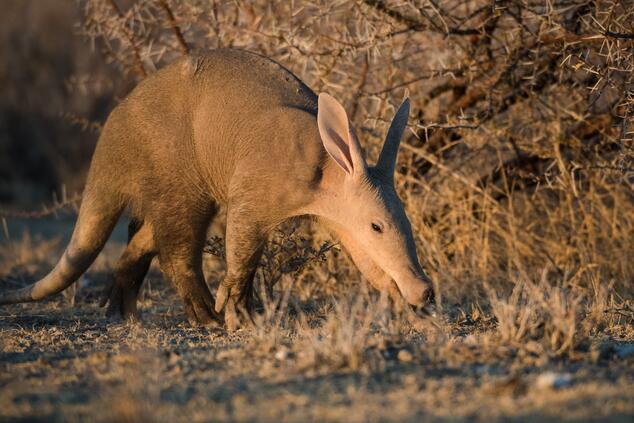
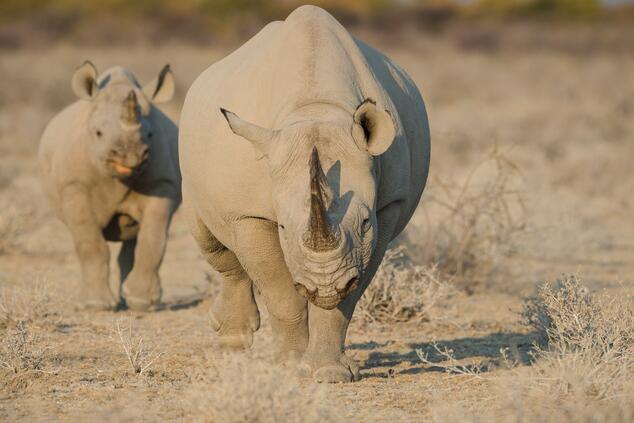
Damaraland and private concessions: the most intimate safari in Namibia
Beyond Etosha, private concessions in Damaraland and the Caprivi Strip offer more exclusive and personalized safari experiences. A private concession is a vast tract of land managed by tour operators or local communities, where safari regulations are more flexible than in national parks.
Thanks to that flexibility, it is possible to experience safaris in different ways, such as walking, night, mountain biking, or horseback ones, as well as off-road vehicles that can go off the beaten track, ensuring more intimate encounters with wildlife. If you're feeling lucky, you should try to track black rhinos on foot accompanied by expert guides, follow the trail of desert elephants on horseback, or fly over the vastness of the savannah in a light aircraft.
While most travelers associate water safaris with Botswana, in Namibia, you can explore the rich biodiversity of the wetlands in a traditional boat, the mokoro. The traveler glides past hippos and crocodiles, while flocks of exotic birds soar through the sky or an elephant bathes just a few meters away. It is an unexpected side of Namibia, where the aridity of the desert gives way to an oasis of life that few visitors get to discover.

If there is a luxury safari that encapsulates the essence of Namibia, it is the Skeleton Coast. Here, the adventure is not in spotting the Big Five, but in flying over a ghostly coastline where the remains of ancient shipwrecks emerge among the dunes.
You traverse the coastal dunes in search of the enigmatic desert lions, a subspecies adapted to one of the most hostile ecosystems on the planet, among large colonies of sea lions of up to 75,000 individuals. In this country of extreme landscapes, wildlife viewing is only part of a much deeper journey: an immersion in the wild beauty of a territory that, at times, still seems unexplored.
- Shipwreck lodge in Skeleton Coast. Shipwreck lodge. —
- Elephants in Hoanib, the ephemeral river area. —
- Oryx in Damaraland. —
- Wilderness Air aircraft flying over the Skeleton Coast.
The new luxury: sustainability and active conservation
In a world where ecological awareness is redefining the concept of luxury, Namibia has become a model of regenerative tourism. Exclusivity, in addition to privacy and comfort, is the ability to travel with a positive impact.
Pioneering lodges: solar power, green architecture, and community. Lodges such as &Beyond Sossusvlei Desert Lodge and Wilderness Safaris camps have taken a pioneering approach to sustainability. Built with materials that minimize their environmental impact and powered by renewable energy, they offer an ultra-luxury experience without compromising on conservation.
Namibia marks a before and after in African safaris because it has managed to reinvent the concept of one by incorporating, in 1996, a pioneering model of community reserves (conservancies) that today manage more than 20% of the national territory. In these areas, local communities participate directly in the protection of biodiversity and benefit from the income generated by tourism. This approach has led to the recovery of emblematic species such as the black rhino and the desert elephant, and the consolidation of a form of travel where luxury is not at odds with ethics. In Namibia, the traveler ceases to be a spectator and becomes an active part of a real conservation network. It is a destination for those who value authenticity without filters, the immense silence of the desert, and the possibility of leaving a footprint that does not damage, but repairs.

